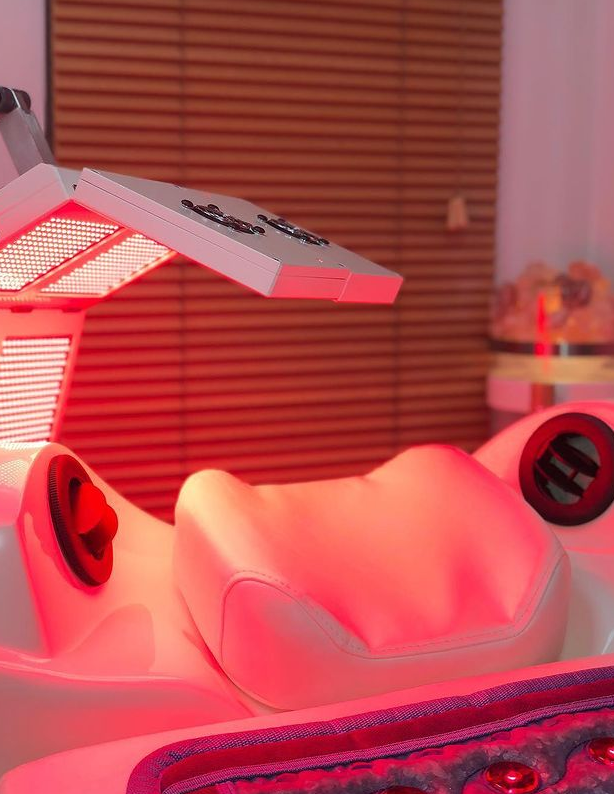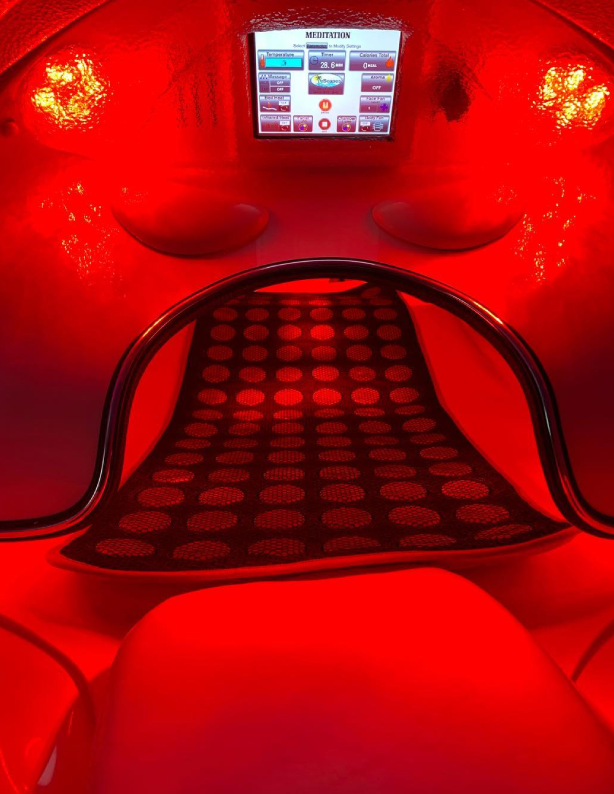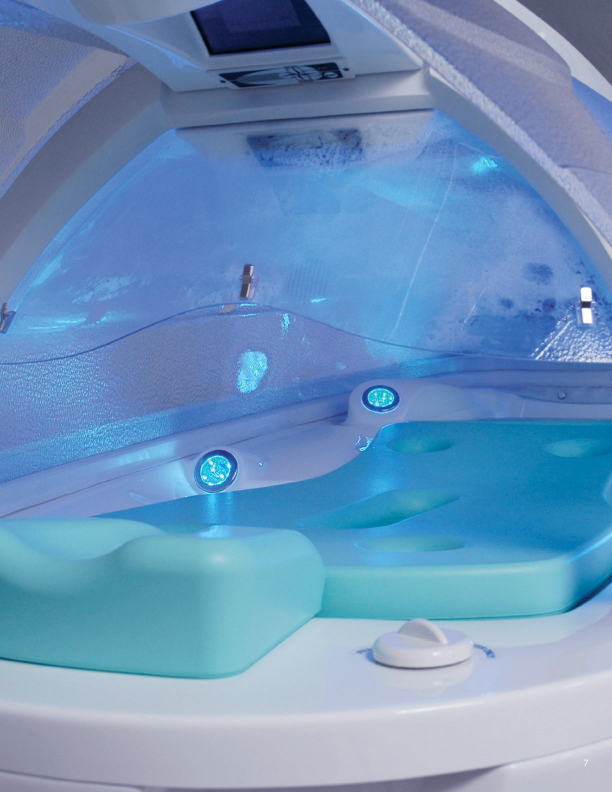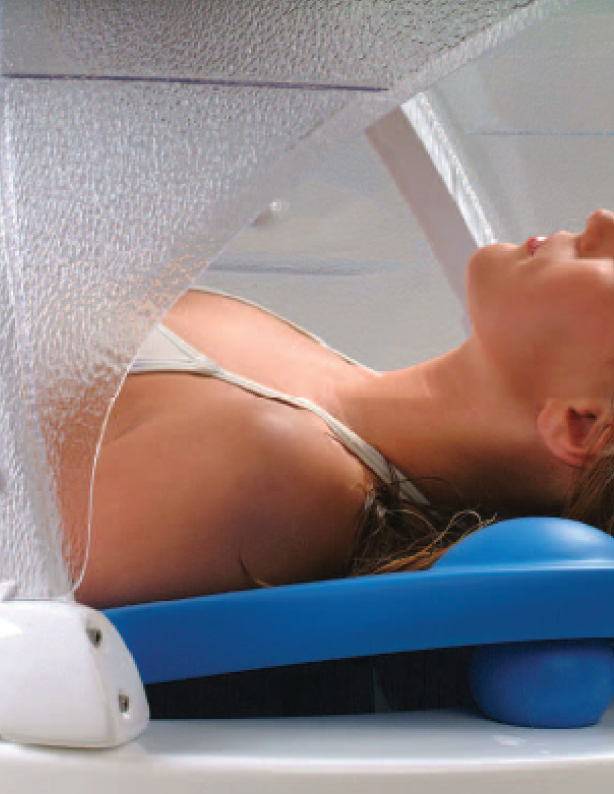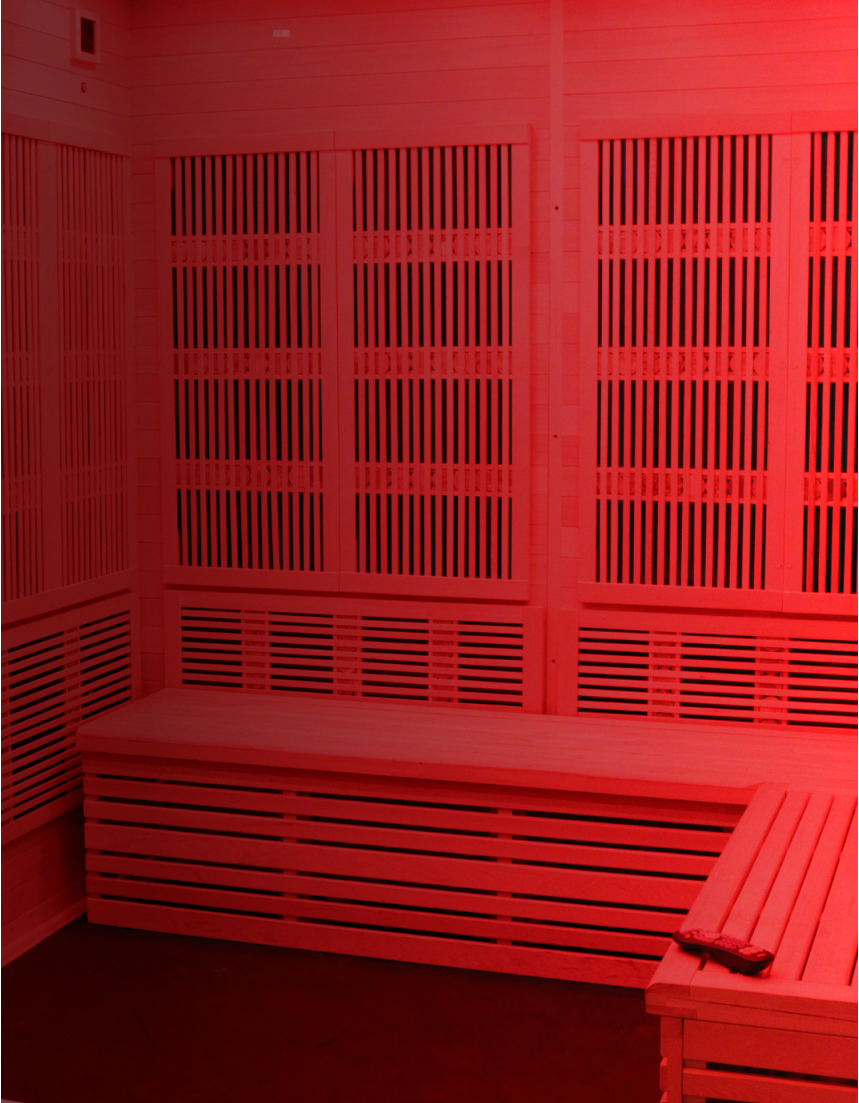It’s winter, and for most people, the cold weather brings dry skin. Heated central air in our homes, cars and workplace causes the air to be extremely dry, stale and deionized. Drying winter air, both inside and outside, can cause many irritating skin problems, including itching, cracking and rough, red patches. In fact, “winter itch” is a term used by dermatologists because of its prevalence.
To counteract dry skin and winter itch, skin steam hydration treatments, especially steam infused with nutrients, are growing in popularity. The efficacy of steam has been validated throughout the centuries in many civilizations. Finnish saunas, Greek and Roman steam baths, Russian banyas, Turkish hammams, and American Indian sweat lodges are all long-established uses of steam. Traditional steam sessions have been enhanced with the infusion of herbs and natural organics such as aloe, eucalyptus and lavender, and today, we have added nourishing vitamins (E, C), and antioxidant infusions such as CoQ10.
Currently, steam hydration is widely used in salons and spas for body and facial skin treatments. New whole-body POD systems infuse steam for “feel good” luxury and deeply-nourishing skin hydration. But, what does steam actually do for the skin and why is it so beneficial? Many people believe that steam opens up the pores to let moisture in; but, according to dermatologist Jessica Wu, MD, “pores are not temperature sensitive … [and] they don’t open and close based on temperature.”
In reality, the heat and moisture that steam produces raises the skin’s temperature. When the skin’s temperature is raised, new skin cells and natural exfoliation is promoted, and the tissue and oils found within are softened, making it easier to cleanse and hydrate the pores.
In fact, a study done by Arai, et al. (2003) found that steam is beneficial in hydrating the skin and increasing its permeability. The change in the skin’s cellular structure from steam enhances permeability and effectively provides hydration and moisture to the skin making it easier for the skin to absorb topical hydration, moisturizing creams and oils. According to the University of Iowa Hospital, “dry skin occurs most commonly on the arms and legs, but can also affect the trunk of the body.” To alleviate dry skin on the body, whole-body steam baths can be especially valuable to people who suffer from skin conditions and rashes caused by dryness. To alleviate dry skin symptoms with steam, most practitioners recommend starting out with one session a week. If your skin reacts positively, steam hydration can be increased to as much as three or four times a week. When beginning steam sessions, it’s important to listen to your body and monitor how you feel and how your skin is reacting. To further increase your skin’s moisture, dermatologists recommend applying a moisturizer immediately following a steam bath. This will prevent evaporation of the moisture that was added to your skin, thus locking in additional hydration. Beyond hydrating the skin, steam offers other natural health benefits for the skin and whole-body wellness that should not be ignored. For instance, steam dilates the blood vessels in the skin, improving the blood flow. The increased blood flow brings oxygen and nutrients to the skin, which can promote healing and leaves skin with a healthy, glowing look. Ultimately, steam has been used as a method to improve wellness throughout the centuries. With advancements in science, we are now able to truly understand the importance of how whole-body steam treatments can positively affect our own wellness and skin’s hydration in these cold winter months.
To counteract dry skin and winter itch, skin steam hydration treatments, especially steam infused with nutrients, are growing in popularity.
To counteract dry skin and winter itch, skin steam hydration treatments, especially steam infused with nutrients, are growing in popularity. The efficacy of steam has been validated throughout the centuries in many civilizations. Finnish saunas, Greek and Roman steam baths, Russian banyas, Turkish hammams, and American Indian sweat lodges are all long-established uses of steam. Traditional steam sessions have been enhanced with the infusion of herbs and natural organics such as aloe, eucalyptus and lavender, and today, we have added nourishing vitamins (E, C), and antioxidant infusions such as CoQ10.
Currently, steam hydration is widely used in salons and spas for body and facial skin treatments. New whole-body POD systems infuse steam for “feel good” luxury and deeply-nourishing skin hydration. But, what does steam actually do for the skin and why is it so beneficial? Many people believe that steam opens up the pores to let moisture in; but, according to dermatologist Jessica Wu, MD, “pores are not temperature sensitive … [and] they don’t open and close based on temperature.”
In reality, the heat and moisture that steam produces raises the skin’s temperature. When the skin’s temperature is raised, new skin cells and natural exfoliation is promoted, and the tissue and oils found within are softened, making it easier to cleanse and hydrate the pores.
In fact, a study done by Arai, et al. (2003) found that steam is beneficial in hydrating the skin and increasing its permeability. The change in the skin’s cellular structure from steam enhances permeability and effectively provides hydration and moisture to the skin making it easier for the skin to absorb topical hydration, moisturizing creams and oils. According to the University of Iowa Hospital, “dry skin occurs most commonly on the arms and legs, but can also affect the trunk of the body.” To alleviate dry skin on the body, whole-body steam baths can be especially valuable to people who suffer from skin conditions and rashes caused by dryness. To alleviate dry skin symptoms with steam, most practitioners recommend starting out with one session a week. If your skin reacts positively, steam hydration can be increased to as much as three or four times a week. When beginning steam sessions, it’s important to listen to your body and monitor how you feel and how your skin is reacting. To further increase your skin’s moisture, dermatologists recommend applying a moisturizer immediately following a steam bath. This will prevent evaporation of the moisture that was added to your skin, thus locking in additional hydration. Beyond hydrating the skin, steam offers other natural health benefits for the skin and whole-body wellness that should not be ignored. For instance, steam dilates the blood vessels in the skin, improving the blood flow. The increased blood flow brings oxygen and nutrients to the skin, which can promote healing and leaves skin with a healthy, glowing look. Ultimately, steam has been used as a method to improve wellness throughout the centuries. With advancements in science, we are now able to truly understand the importance of how whole-body steam treatments can positively affect our own wellness and skin’s hydration in these cold winter months.
To counteract dry skin and winter itch, skin steam hydration treatments, especially steam infused with nutrients, are growing in popularity.

